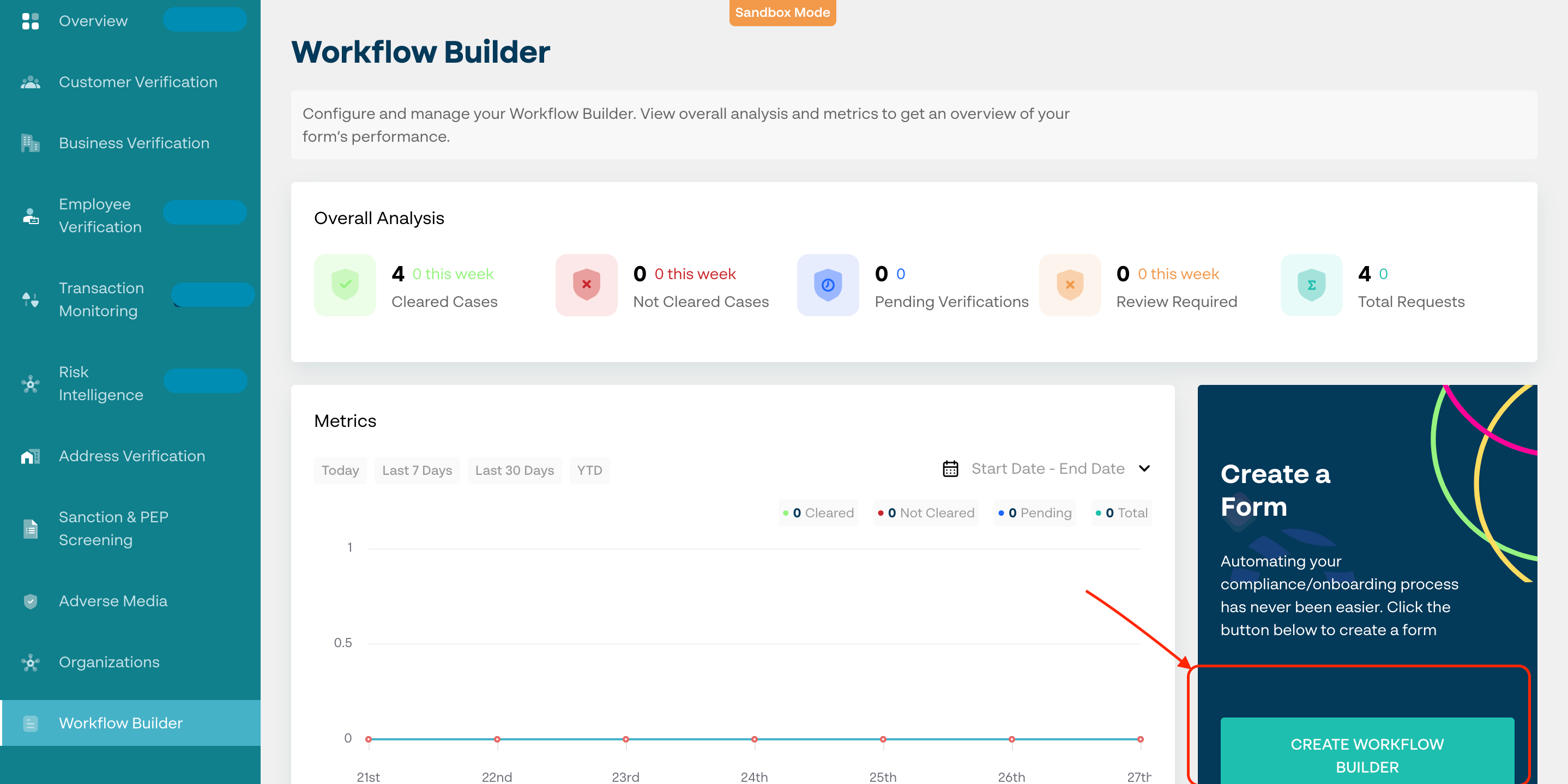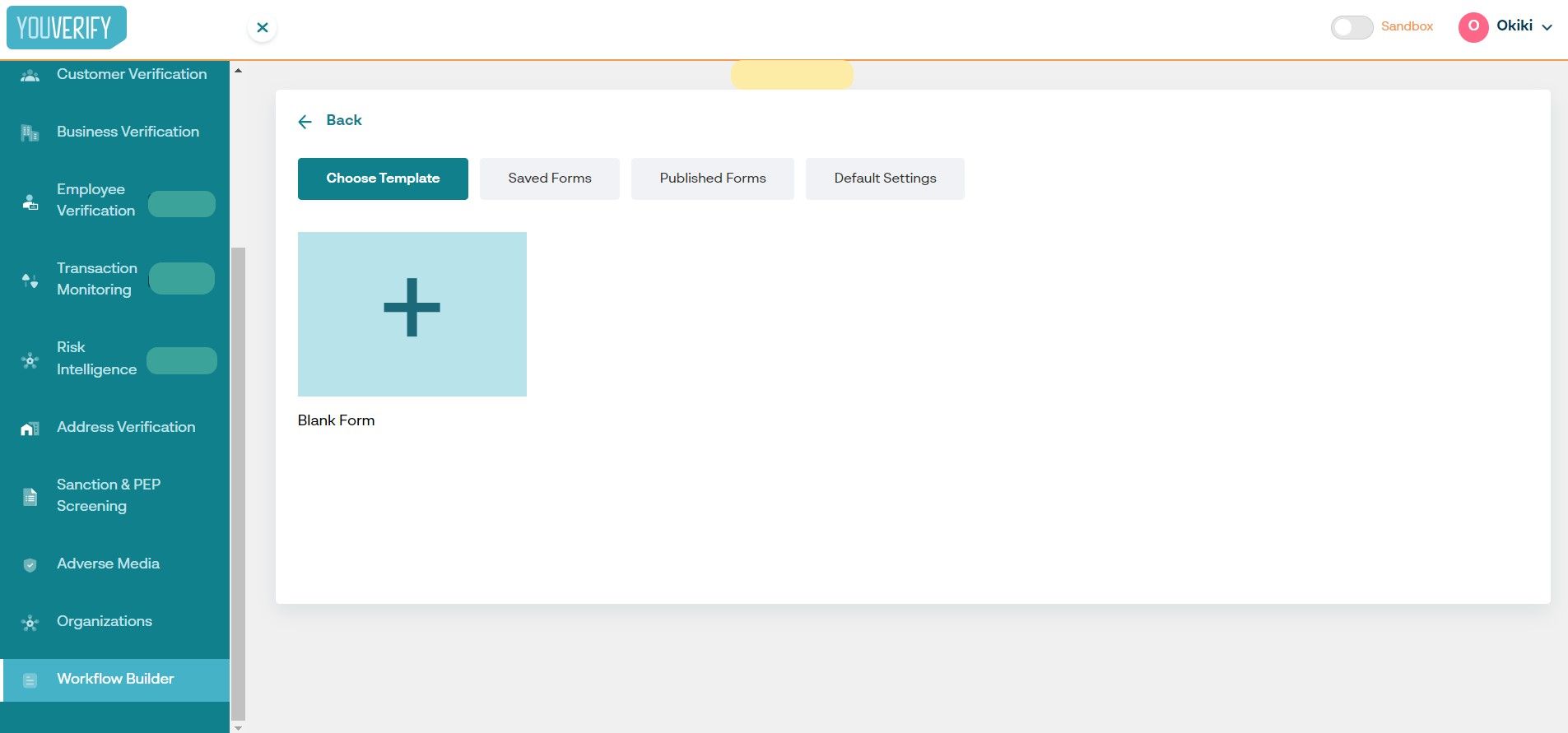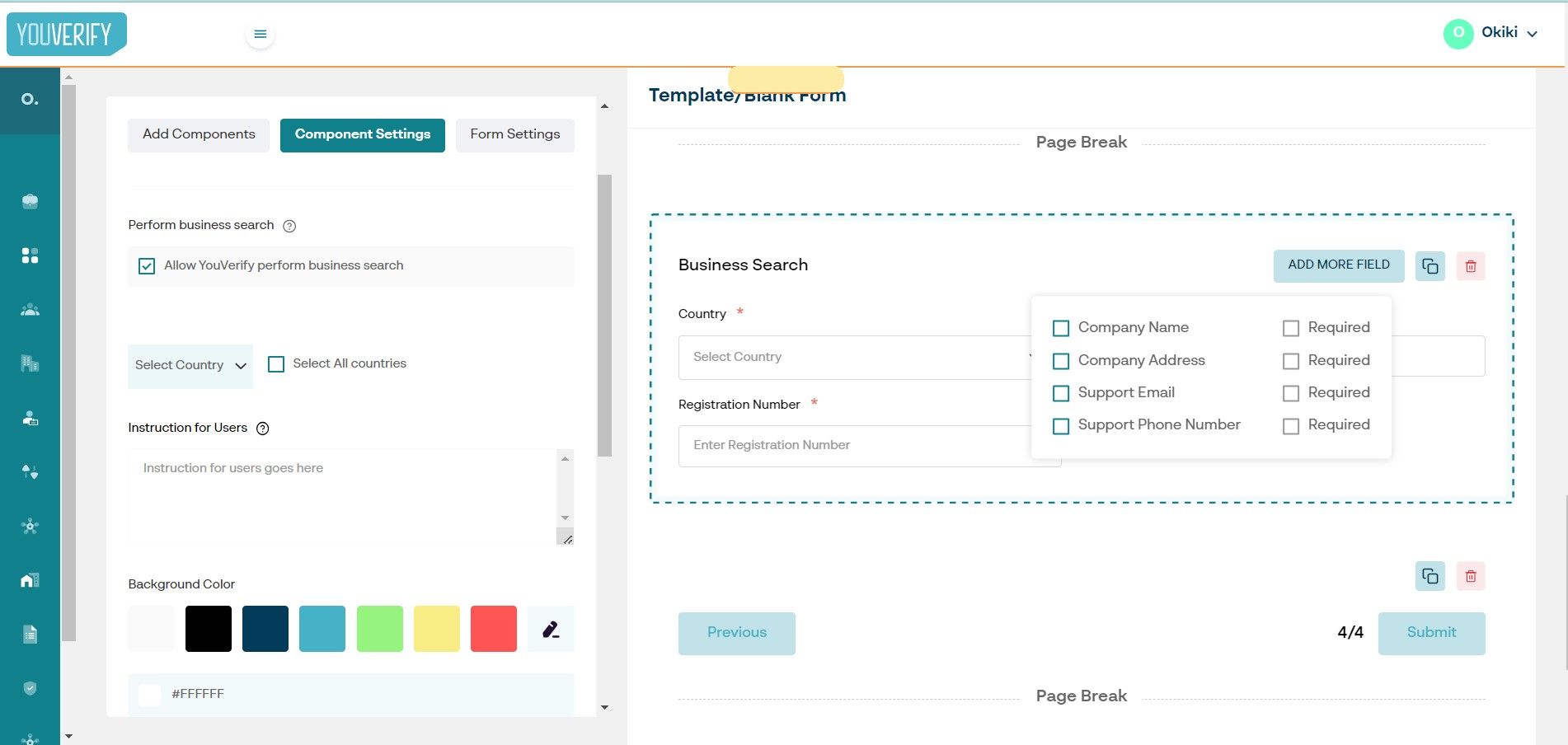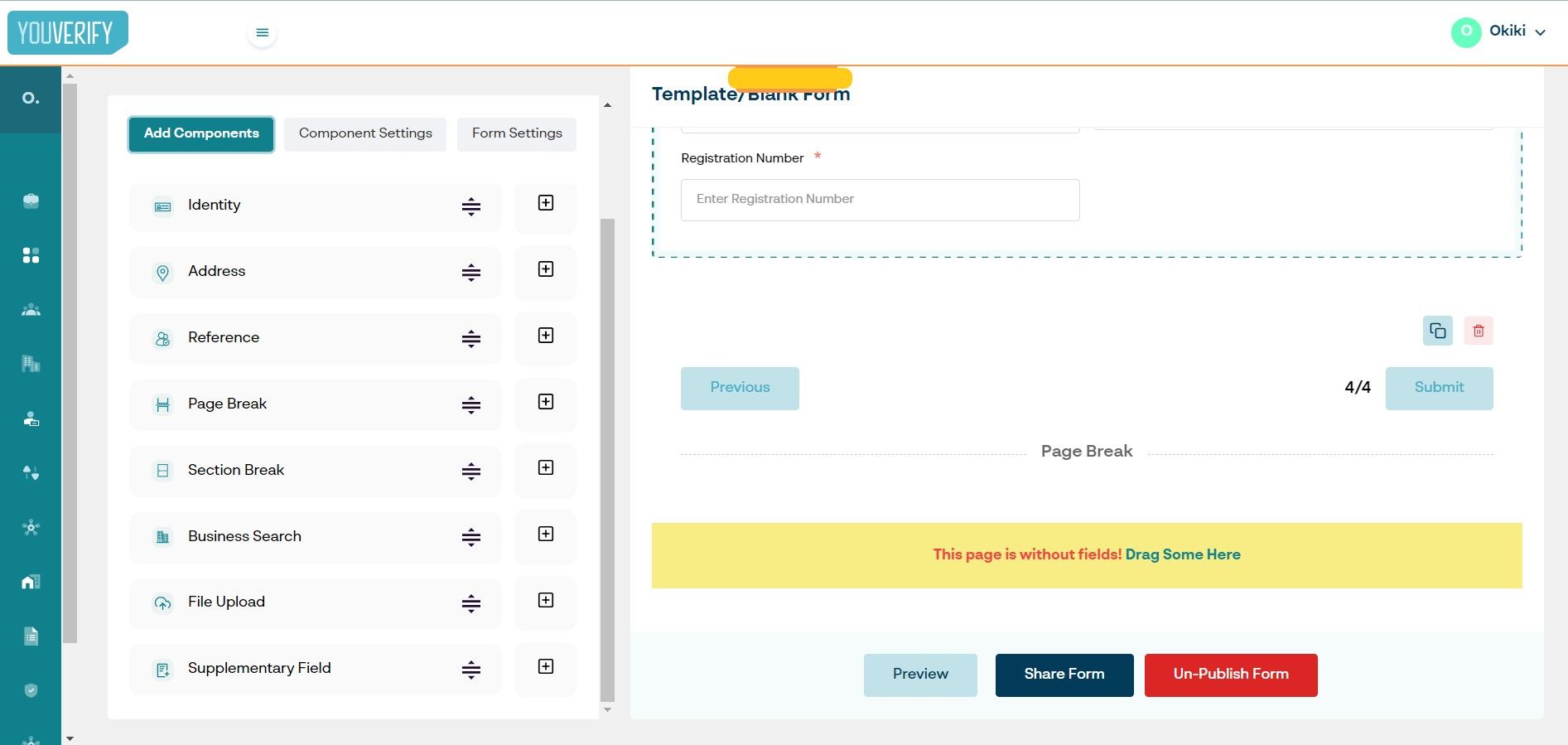Compliance is at the heart of every successful enterprise. It enables companies to maintain trust with stakeholders, mitigate risks, and enhance operational efficiency.
However, in the ever-evolving world of business regulations and compliance, keeping abreast of all rules and norms may seem tricky, especially in the absence of the right set of tools.
One crucial solution that has emerged over the years is the use of automated monitoring solutions. The advent of automated monitoring solutions has been a game-changer, enabling businesses to streamline their compliance processes.
By emphasizing how to ensure ongoing compliance with automated monitoring solutions, this article is designed for all business enterprises.
The Importance of Compliance in Business Operations
Before we dive into how to maintain compliance, it's essential to understand the gravity of the situation. The International Regulatory Strategy Group reported in 2022 that global fines for regulatory breaches surpassed a staggering $14 billion. Thus, ensuring compliance is not only a legal necessity but also crucial for a company's financial well-being.
To avoid such losses and to ensure ongoing compliance, businesses are increasingly investing in automated monitoring solutions.
What are Automated Monitoring Solutions?
Automated monitoring solutions have risen to prominence in the recent past. A Gartner report suggested that by 2023, more than 60% of businesses had incorporated automation into their compliance monitoring systems.
In the context of compliance, think of automated monitoring solutions as a virtual compliance officer, keeping a constant watch on an organization's adherence to internal policies and external regulations. They can track and record activities, detect any deviations from set guidelines, and automatically alert the concerned personnel.
Read also: Compliance Automation Tool: What is it and How Does it Work?
This not only eliminates manual tracking but also ensures a high level of accuracy. With features such as predictive analytics, machine learning, and AI, automated monitoring solutions allow for analyzing historical data and predicting potential risks or compliance issues.
The Role of Automated Monitoring in Ensuring Ongoing Compliance
Automated monitoring plays a crucial role in helping businesses achieve and maintain compliance. As regulations become increasingly complex, keeping track of all the requirements manually is both time-consuming and prone to human error.
Here's how automated monitoring solutions aid in compliance.
a. Continuous Oversight
The most fundamental benefit of automated monitoring systems is their ability to provide continuous oversight. They can track, record, and analyze an array of data points in real time, which helps ensure compliance at all levels of an organization.
These systems can swiftly detect deviations from regulatory standards or internal policies and alert the responsible personnel, reducing the risk of non-compliance. For instance, in the healthcare industry, automated monitoring solutions can ensure ongoing compliance with privacy laws like HIPAA by monitoring access to patient data.
b. Increased Accuracy and Efficiency
Automated monitoring solutions significantly enhance the accuracy and efficiency of compliance operations. By eliminating the need for manual tracking, these systems drastically reduce the possibility of human errors, which are often responsible for compliance violations.
Moreover, automated monitoring can streamline the compliance process, making it more efficient and less resource-intensive. For example, in the financial sector, automated monitoring systems can track and analyze a myriad of transactions in real-time to ensure compliance with anti-money laundering (AML) regulations, something nearly impossible to achieve manually.
c. Predictive Analytics and Risk Assessment
Automated monitoring systems often come equipped with advanced features like predictive analytics. By analyzing historical data, these systems can predict potential areas of non-compliance, enabling organizations to address these issues proactively.
For example, if an automated system predicts an increase in demand for a certain product, it might flag potential compliance issues related to manufacturing capacity or supply chain management, allowing for preemptive corrective action.
d. Automated Reporting
Automated monitoring solutions can generate detailed and accurate compliance reports with ease; this is a task that can be time-consuming and prone to error when done manually. These reports provide valuable insights into the organization's compliance status, areas of risk, and opportunities for improvement. Moreover, in the event of a compliance audit, these reports can serve as tangible evidence of the organization's commitment to maintaining compliance.
How to Implement Automated Monitoring for Compliance
Transitioning from manual to automated monitoring for compliance can seem like a daunting task, but the process becomes manageable with careful planning and execution. Here's a step-by-step guide on how to implement automated monitoring solutions for compliance.
#1. Identify Your Compliance Needs
Every industry has its unique set of compliance requirements, making it critical to identify your specific needs before moving forward. This includes understanding the regulations you must comply with, the data you need to track, and the risks your organization faces.
Performing a comprehensive compliance audit can provide you with valuable insights into your current compliance status.
#2. Choose the Right Automated Monitoring Solution
Once you've identified your needs, the next step is selecting the right automated monitoring solution. This requires thorough research and consideration.
Pay attention to features like real-time tracking, predictive analytics, and automated reporting. Also, consider factors like the solution's scalability, its ease of integration with your existing systems, and the support services offered by the provider.
For instance, a financial institution might prioritize a solution with robust anti-money laundering (AML) and fraud detection capabilities, while a healthcare organization might focus on solutions that ensure HIPAA compliance.
#3. Deploy the Solution
After selecting your solution, the next step is deployment. This involves installing the system, integrating it with your existing infrastructure, and configuring it to suit your specific compliance needs.
It's advisable to start with a pilot program, deploying the solution in one area of your organization before rolling it out company-wide. This allows you to address any potential issues or challenges on a smaller scale.
#4. Train Your Employees
Even the best automated monitoring solution is useless without properly trained employees. They need to understand how to use the system effectively, how to respond to compliance alerts, and how to generate and interpret compliance reports.
Regular training sessions, whether conducted in-house or by the solution provider, are crucial to ensuring your team can effectively use the solution.
#5. Regularly Update and Maintain the System
Automated monitoring solutions, like any technology, require regular updates and maintenance. This includes updating the system to accommodate new regulations or changes in existing ones.
Regular maintenance also ensures that your solution remains reliable and effective.
#6. Continually Evaluate the System's Effectiveness
Finally, implementing an automated monitoring solution is not a one-time event but an ongoing process. Regularly evaluate the system's effectiveness in maintaining compliance and identify areas for improvement.
This could involve reviewing the number and nature of compliance alerts, the time taken to address these alerts, and feedback from your employees.
How to Automate Compliance with Youverify
Here is a step-by-step process on how businesses can automate their compliance processes with the Youverify workflow builder:
Step 1: Login to your dashboard and navigate to “Workflow Builder” at the left tab of your screen. Select create workflow builder on the bottom right as seen in the image below.

Step 2: You can either opt to choose an existing template by selecting “Choose Template”, Select a designed form draft in “Saved Forms”, copy a previously created and deployed form in “Publish Forms” or edit the template preferences in "Default Settings" tab.

Step 3: Select the solution components necessary for your business compliance needs as indicated in “1” and tailor the user onboarding flow to your preference.

Step 4: Customise individual components to your business brand feel including colours, logo, background, etc.

Step 5: Review to ensure it satisfies all the important needs in your onboarding and publish. You can proceed to share a link directly with customers.

Youverify, the Right Automated Monitoring Solution for You
Ultimately,, automated monitoring solutions are invaluable tools in achieving and maintaining compliance. By offering real-time tracking, increased efficiency, predictive analytics, and automated reporting, these systems help organizations manage their compliance responsibilities effectively and proactively, thereby reducing risks and potential penalties associated with non-compliance.
Youverify is a leading provider of Automated Monitoring Systems. With the use of predictive analytics, machine learning, and AI, our Automated Monitoring Systems are known for top quality real-time tracking of compliance requirements.
See how 100+ leading companies use Youverify for KYC and AML screening of customers for compliance and real-time risk detection. Request a demo today.